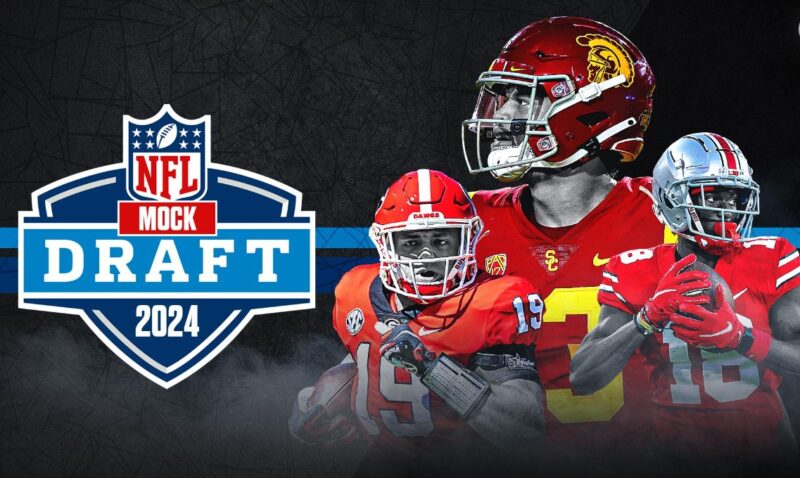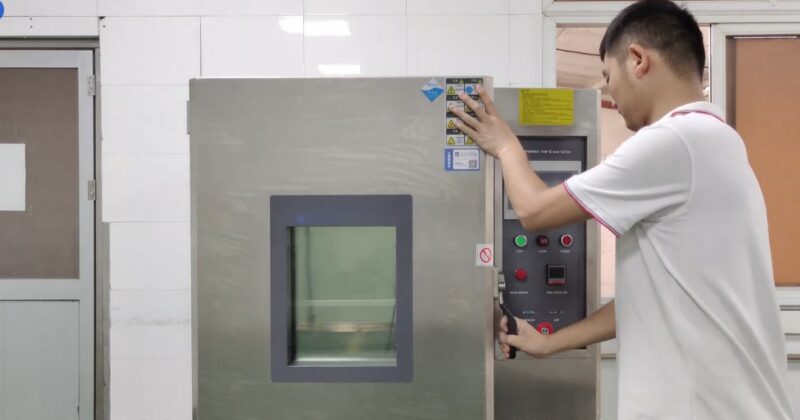In the realm of gaming and video playback, few topics generate as much debate as VSync or Vertical Sync. But what exactly is VSync? And more importantly, should you be using it?
Today we’ll give you all the necessary information and explore the world of VSync, demystifying its complexities and helping you make an informed decision about its use in your setup.
What do you need to know about it?
Vertical Sync, is a graphics technology that aims to synchronize the frame rate of a game or video to the refresh rate of a monitor. This synchronization prevents screen tearing, a graphical glitch that can detract from your viewing experience.
The Science Behind Screen Tearing
Screen tearing occurs when a display shows information from multiple frames in a single screen draw. Imagine you’re watching a fast-paced action scene, and suddenly, the top half of the screen is a split second ahead of the bottom half.
This jarring visual artifact is the result of the game’s framerate not aligning with your monitor’s refresh rate.
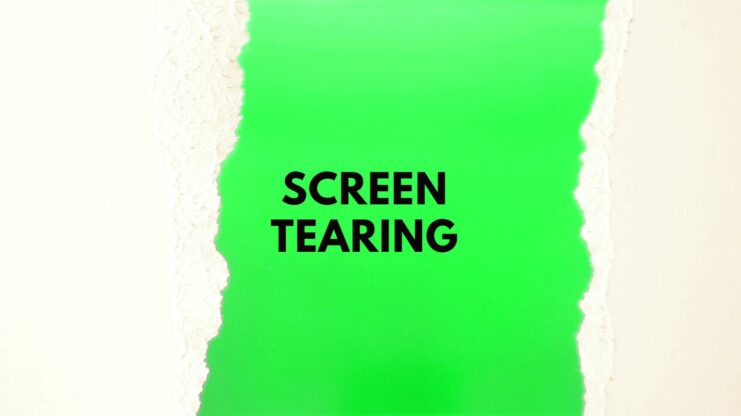
How VSync Addresses the Issue?
Vertical Syncworks by capping the frame rate of a game to match the refresh rate of your monitor. If your monitor has a refresh rate of 60Hz, VSync will ensure that the game doesn’t push more than 60 frames per second.
This synchronization ensures that only one frame is sent to the monitor at a time, eliminating the possibility of screen tearing.
Pros and Cons of Vertical Sync
Like any technology, VSync comes with its own set of advantages and disadvantages. Understanding these can help you decide whether or not to enable it in your games or video playback software
| Factors | Use VSync | Don’t Use VSync |
|---|---|---|
| Screen Tearing | ✔️ Can eliminate screen tearing issues. | ❌ May lead to screen tearing. |
| Smooth Gameplay | ✔️ Provides smoother and more consistent visuals. | ❌ Visuals might not be as smooth. |
| Input Lag | ❌ Introduces slight input lag, noticeable in some games. | ✔️ Reduces input lag for quicker response. |
| Hardware Limitations | ✔️ Helps avoid frame drops and stuttering on weaker GPUs. | ❌ Might exacerbate performance issues. |
| G-Sync/Freesync | ✔️ Can be a better alternative for adaptive sync. | ❌ May not be necessary with adaptive sync. |
| Competitive Gaming | ❌ Input lag could impact performance in fast-paced games. | ✔️ Reduced input lag for competitive play. |
| Graphics Card Power | ✔️ Prevents high frame rates that strain the GPU. | ❌ GPU power not managed for high frame rates. |
Alternatives and Variants
Vertical Sync isn’t the only solution to screen tearing. Over the years, several alternatives and variants have emerged, each with its own set of benefits and drawbacks.
Adaptive VSync
Adaptive Vertical Syncis a smarter version of the traditional VSync. Instead of always being on or off, Adaptive VSync dynamically adjusts itself based on the game’s frame rate.
If the frame rate is above the monitor’s refresh rate, Vertical Syncis enabled to prevent tearing. However, if the frame rate drops below the refresh rate, VSync is disabled to minimize stuttering.
G-SYNC and FreeSync
Developed by NVIDIA and AMD respectively, G-SYNC and FreeSync are technologies that take a different approach to the screen tearing problem.
Instead of capping the game’s frame rate, they adjust the monitor’s refresh rate to match the frame rate of the game. This dynamic adjustment ensures a tear-free experience without the input lag associated with traditional Vertical Sync.
Vertical Sync in Different Gaming Scenarios

Different games have different demands, and the need for VSync can vary depending on the type of game you’re playing.
Single-Player and Story-Driven Games
In single-player or story-driven games, the emphasis is often on immersion and visual fidelity. In these scenarios, screen tearing can be particularly jarring, pulling you out of the narrative or the game world.
Enabling VSync can ensure a consistent, tear-free experience, allowing you to fully immerse yourself in the game’s story and environment.
Competitive and Fast-Paced Games
For competitive gamers, every millisecond counts. In fast-paced games like first-person shooters or racing games, input lag can be the difference between victory and defeat.
While VSync can prevent screen tearing, the potential input lag might be a deal-breaker for some competitive players. It’s essential to weigh the benefits of a tear-free experience against the potential disadvantages of increased input lag.
Interactions with Other Graphical Settings
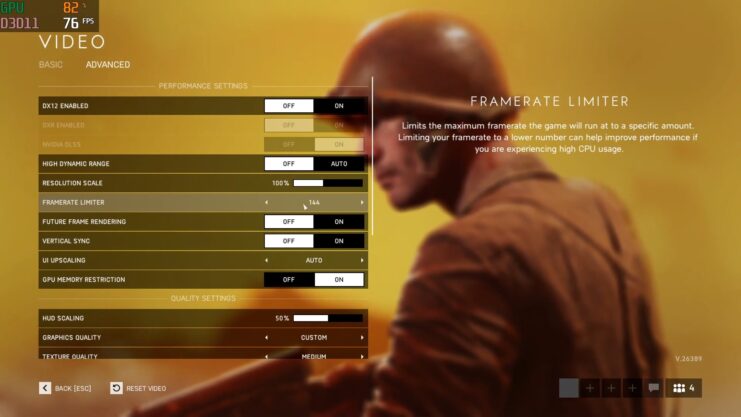
VSync doesn’t operate in isolation. It interacts with various other graphical settings, and understanding these interactions can help you optimize your gaming experience.
Frame Rate Limiters
Some games come with built-in frame rate limiters that allow you to cap your game’s frame rate. If you’re using VSync, it’s essential to ensure that this limiter is set to your monitor’s refresh rate or slightly below.
Setting it too high can lead to unnecessary GPU strain, while setting it too low can result in sub-optimal performance.
Triple Buffering
Triple buffering is a technique that can reduce the input lag associated with Vertical Sync. It works by adding a third frame buffer to the rendering process.
This allows the GPU to render frames more freely, reducing the waiting time and, consequently, the input lag. If you’re experiencing noticeable lag with VSync enabled, consider turning on triple buffering if it’s available in your game settings.
How to Optimize its Performance?
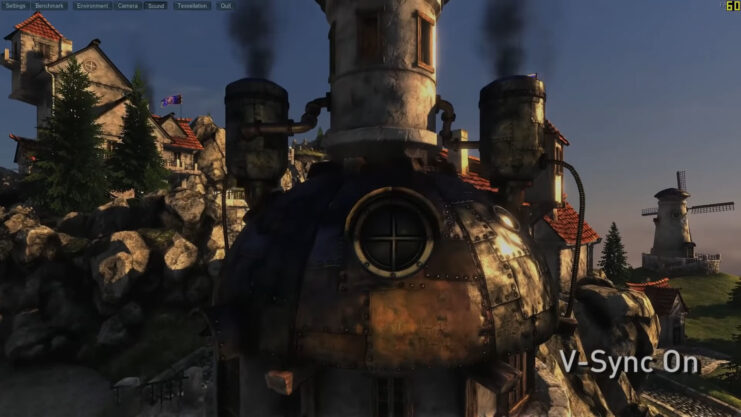
If you’ve decided to use Vertical Sync, there are several steps you can take to ensure you’re getting the best performance possible.
Monitor Calibration
The first step in optimizing VSync performance is ensuring your monitor is correctly calibrated. Ensure that your monitor’s refresh rate is set to its native value, typically 60Hz, 120Hz, or 144Hz for most modern monitors.
Using a non-native refresh rate can lead to suboptimal performance and negate the benefits of Vertical Sync.
In-Game Settings
While VSync can help provide a smoother experience, it’s essential to ensure that your game is running at a consistent frame rate that matches your monitor’s refresh rate.
This might mean tweaking in-game settings to achieve a stable frame rate. Consider reducing graphical settings like shadows, textures, or anti-aliasing to achieve a consistent frame rate.
FAQs:
What is the impact of Vertical Sync on latency?
One of the reasons some gamers prefer to keep VSync disabled is because latency levels can potentially increase significantly.
Is it beneficial for all types of games?
Vertical Sync is particularly beneficial for graphics-heavy 3D games that are prone to screen-tearing. However, its utility may vary based on the game and the player’s preferences.
Does VSync put strain on the GPU?
High frame rates can force the GPU into overdrive, generating heat. Enabling VSync caps the fps at the monitor’s maximum refresh rate, reducing the strain on the GPU.
Is it built into GPUs?
Yes, and it comes at no additional cost.
Does it work with both NVIDIA and AMD graphics cards?
Yes, VSync is compatible with both NVIDIA and AMD graphics cards.
The Bottom Line
In conclusion, VSync is a powerful tool in the arsenal of any gamer or video enthusiast. While it’s not a one-size-fits-all solution, understanding its benefits, drawbacks, and intricacies can help you tailor your experience to your preferences.
Whether you’re chasing the highest visual fidelity or the lowest input lag, the world of Vertical Sync offers something for everyone. Before you go, as a real gamer you need the right equipment, meaning a good GPU with VSync, good monitor and even a good gaming mouse could make a difference.
Related Posts:
- What Is Anti-Aliasing And Which Type Should You Use?…
- 106 Things That Start With Y - That You Must Need To Know
- 7 Everyday Clothing Items Every Toddler Must Have
- 101 Uncommon Things That Start With X That You…
- 208 Things That Start With P -That You Should Know
- The 2024 NFL Draft ─ What Should You Expect?



